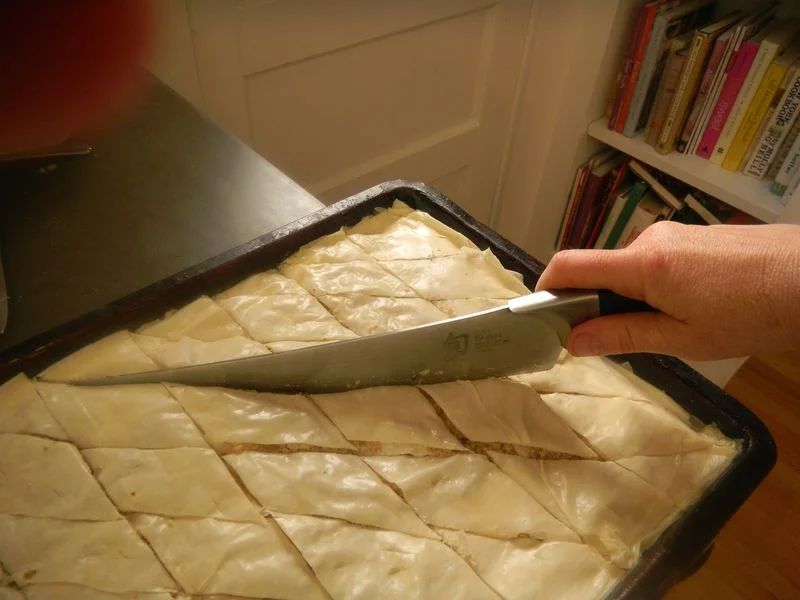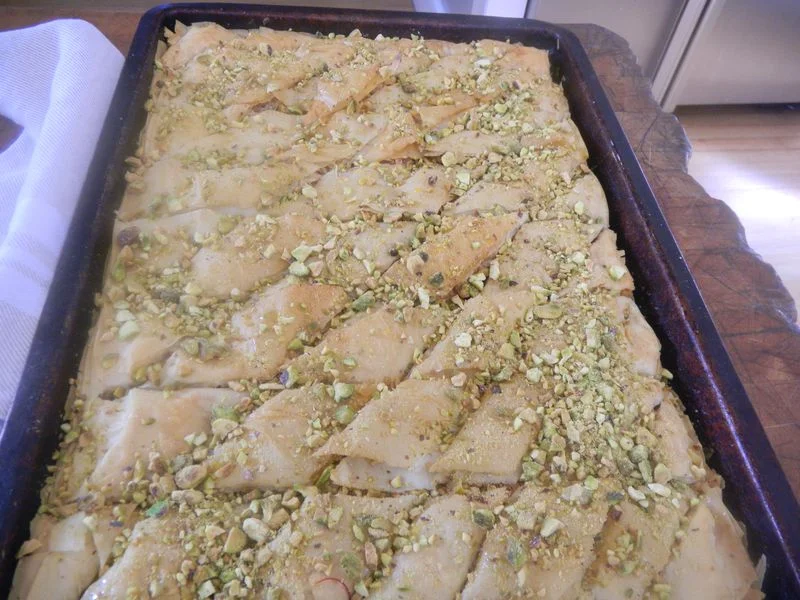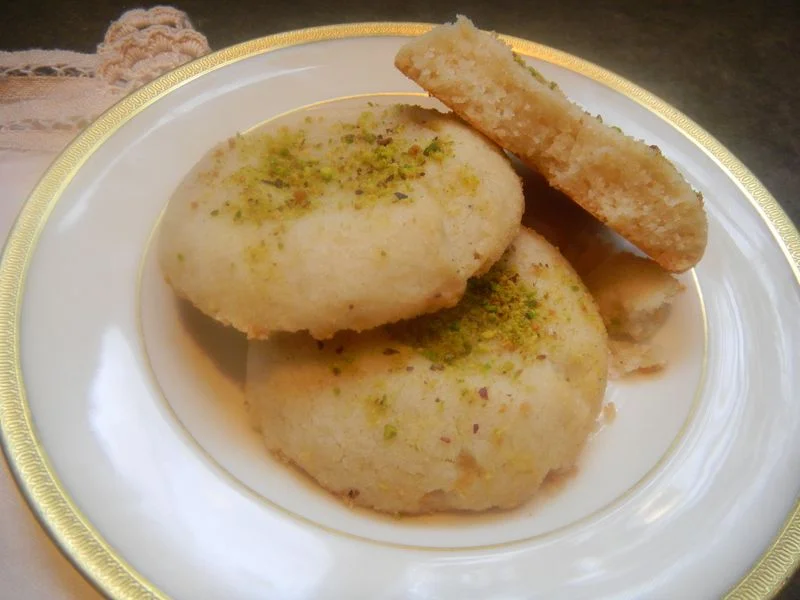Photo by Aria Morris
By Humaira
Of all the American holidays Thanksgiving is the one I feel most connected to. My father played a big role in making this quintessential American celebration a special family gathering. You see he arrived in United States as a political refugee on Thanksgiving Day in 1979 after the Russians invaded Afghanistan. An unemployed diplomat, he embraced his new home and worked hard in various blue-collar jobs to make a new life for his family.
My father cooked up all the traditional fixings:turkey, stuffing, canned cranberry sauce and mashed potatoes. He did his best to create what he thought was a traditional Thanksgiving meal, but somehow an Afghan dish would always sneak onto the menu. To me, this is what makes living in the United States so amazing:the ability to create your own traditions.
This year my friend Kate invited me and my family over for an early Thanksgiving dinner and asked if I could bring two Afghan side-dishes:Kadoo (braised pumpkin) and Sabzi (slow-cooked spinach). Kate is from Texas, what I consider to be the quintessential American state. I figure if my Afghan dishes are good enough for her Thanksgiving meal then perhaps others might consider making Kadoo or the Sabzi as well. You can find the recipes for both listed under Vegetables in the Categories section of the blog.
It is only fitting to throw in an Afghan dessert option for you to try out as well. Below is a recipe for a sweet and flavorful carrot pudding called Halwa e Zardak. Last year despite the fact that my Thanksgiving table was overflowing with traditional desserts, carrot pudding was a major hit. The carrots are slow cooked in milk, cream, sugar, cardamom and rosewater with a final addition of pistachios and almonds. It can be served hot or cold.
Rosewater and Cardamom Flavored Carrot Pudding
Halwa e Zardak
Halwa e Zardak
2 lbs. carrots, peeled and grated
½ cup unsalted butter (1 stick)
2 cups whole milk
½ cup whipping cream
¾ cup sugar
1/4 cup chopped pistachios, roasted
1/4 cup chopped almonds, roasted
1 tsp. ground cardamom
1/2 tsp. rosewater (adjust to your taste)
In a large, heavy pot, melt the butter. Add the carrots and cook over medium high heat for 5-8 minutes until the carrots are tender and no liquid remains. Stir regularly to make sure the carrots don’t burn.
Add the milk, cream and sugar, stir and bring to a boil. Turn the heat to low and cook, stirring from time to time, until all the liquid is absorbed. This could take 1 to 1 1/2 hours. Once it's done, add the rosewater and cardamom and stir well.
If the nuts are not roasted, distribute them on a cookie sheet and broil for 2-3 minutes. They should be lightly brown and crunchy. Roughly chop them after roasting.
Serve the pudding warm or room temperature with the nuts sprinkled over the top.
Serves 6-8
Except where otherwise noted, all content on this blog is licensed under the Creative Commons Attribution-NonCommercial-NoDerivs 3.0 Unported license.








